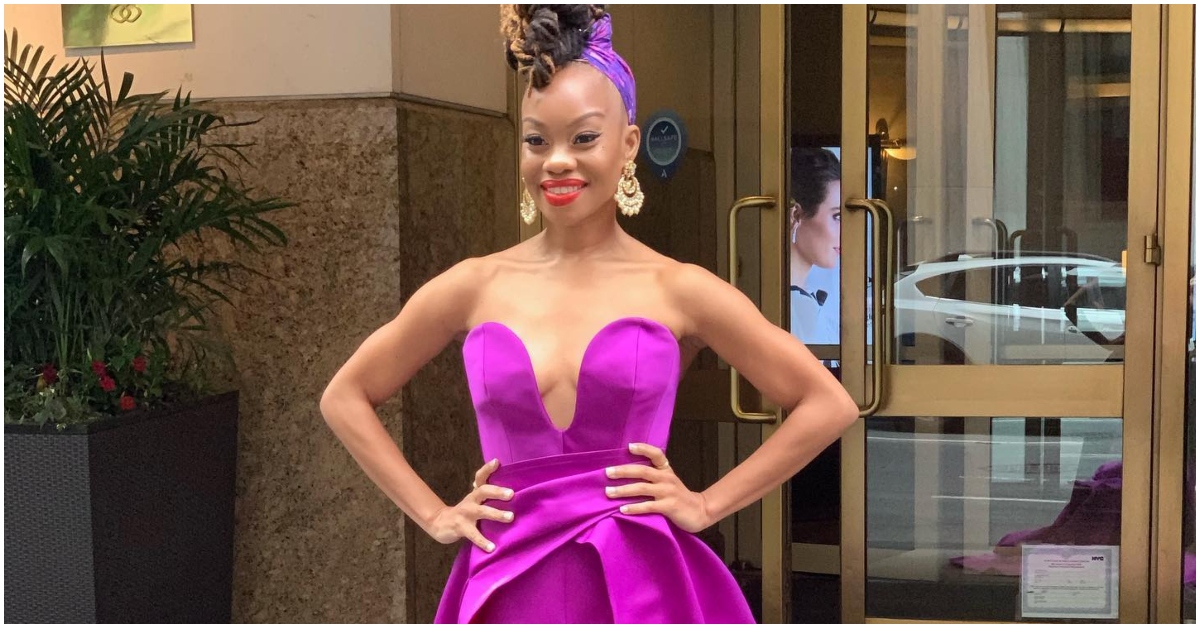Breaking Barriers on Broadway
Camille A. Brown has put her name in theater history by becoming the first Black woman to direct and choreograph a Broadway production since the legendary Katherine Dunham in 1955.
This groundbreaking achievement came with her directorial debut for the Broadway revival of “for colored girls who have considered suicide/when the rainbow is enuf.”
“It’s an amazing feeling to bring this seminal show back to Broadway 45 years after it opened,” Brown said of the acclaimed production.
Capturing African American Narratives
As a prolific choreographer, Brown’s work taps into ancestral and contemporary stories, capturing deeply personal experiences and cultural narratives of African American identity through the powerful medium of dance. Her unique approach has garnered widespread critical acclaim.
Brown’s directorial prowess shone brightly in the Broadway revival of “for colored girls,” earning seven Tony Award nominations, including nods for Best Direction of a Play and Best Choreography. The New York Times hailed the production as “triumphant.”
Pioneering at the Metropolitan Opera
Extending her barrier-breaking journey, Brown became the first Black artist to direct a mainstage production at the Metropolitan Opera.
She shared directorial duties with James Robinson for Terence Blanchard’s “Fire Shut Up in My Bones” in 2021, which she also choreographed, earning a Bessie Nomination for Outstanding Choreographer.
In addition to her historic Broadway and Metropolitan Opera achievements, Brown’s extensive credits include acclaimed works like “Choir Boy” (Tony and Drama Desk nominations for Best Choreography), the Tony Award-winning “Once on This Island,” and “A Streetcar Named Desire.” Her numerous honors span the Guggenheim, Doris Duke Artist, and United States Artists Awards, among others.
Amplifying Black Narratives
At the core of Brown’s artistic practice lies a commitment to amplifying Black narratives and fostering social change through dance. Her efforts aim to reclaim these stories, spread joy, and create safe spaces for healing, connection, and consciousness-raising.
“Social dance for social change is reclaiming Black narratives, giving African Diaspora culture its rightful place in American culture,” Brown states on her website.





